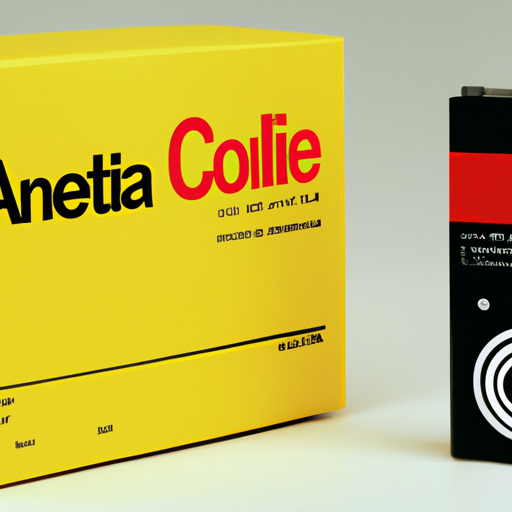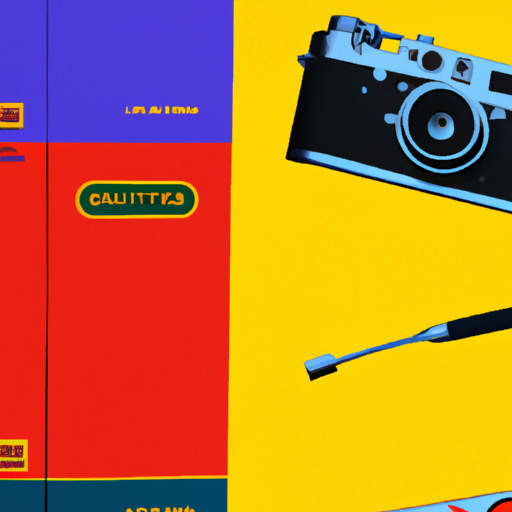
-
Table of Contents
Packaging Design: Balancing Aesthetics and Functionality

When it comes to packaging design, finding the perfect balance between aesthetics and functionality is crucial. Packaging serves as the first point of contact between a product and its potential consumer, making it a powerful tool for brand communication and product differentiation. In this article, we will explore the importance of striking the right balance between aesthetics and functionality in packaging design, and how it can impact consumer perception, brand loyalty, and overall sales.
The Power of Packaging Design
Packaging design plays a significant role in influencing consumer behavior. It has the power to attract attention, convey brand values, and create a memorable experience. In fact, a study conducted by the Paper and Packaging Board found that 72% of consumers agree that packaging design influences their purchasing decisions.
Effective packaging design goes beyond just protecting the product; it tells a story and creates an emotional connection with the consumer. It is a reflection of the brand’s identity and can be a powerful tool for brand recognition and recall. A well-designed package can make a product stand out on crowded shelves, increase perceived value, and ultimately drive sales.
The Aesthetics of Packaging Design
The aesthetic aspect of packaging design refers to its visual appeal and how it aligns with the brand’s image and target audience. Aesthetics play a crucial role in capturing attention and creating a positive first impression. Here are some key considerations when it comes to the aesthetics of packaging design:
- Brand Identity: Packaging should reflect the brand’s personality, values, and positioning. Consistency in design elements such as colors, typography, and imagery helps create a cohesive brand identity.
- Target Audience: Understanding the target audience is essential for designing packaging that resonates with their preferences and aspirations. For example, a luxury product may have a sleek and minimalist design, while a children’s product may feature vibrant colors and playful illustrations.
- Visual Hierarchy: Effective packaging design utilizes visual hierarchy to guide the consumer’s attention. Important information such as the product name, key features, and brand logo should be prominently displayed.
- Uniqueness: Standing out from the competition is crucial in today’s saturated market. Packaging design should be distinctive and memorable, helping the product catch the consumer’s eye and create a lasting impression.
The Functionality of Packaging Design
While aesthetics are important, packaging design must also prioritize functionality. A visually appealing package that fails to meet the practical needs of the consumer can lead to frustration and dissatisfaction. Here are some key considerations when it comes to the functionality of packaging design:
- Protection: The primary function of packaging is to protect the product from damage during transportation and storage. Packaging design should consider the fragility of the product and provide adequate protection to ensure its integrity.
- Convenience: Packaging should be easy to open, close, and handle. Consumers appreciate packaging that simplifies their experience, especially in fast-paced environments where convenience is highly valued.
- Information: Packaging design should effectively communicate essential information about the product, such as ingredients, usage instructions, and safety warnings. Clear and concise information helps consumers make informed purchasing decisions.
- Sustainability: With increasing environmental concerns, sustainable packaging design is gaining importance. Packaging should be designed with eco-friendly materials and consider the entire lifecycle of the product, from production to disposal.
Case Studies: Striking the Balance
Several brands have successfully struck the balance between aesthetics and functionality in their packaging design. Let’s take a look at two notable case studies:
Apple
Apple is renowned for its sleek and minimalist packaging design. The company’s packaging not only reflects its brand identity but also prioritizes functionality. Apple’s packaging is designed to protect its products during transportation while providing an intuitive and effortless unboxing experience. The attention to detail, such as the precise fit of the product and the easy-to-open packaging, enhances the overall user experience and reinforces the brand’s commitment to quality.
Tiffany & Co.
Tiffany & Co., the luxury jewelry brand, is known for its iconic blue packaging. The brand’s packaging design is a perfect example of how aesthetics can create a sense of exclusivity and elevate the perceived value of a product. The signature blue box has become synonymous with Tiffany & Co., making it instantly recognizable and highly desirable. Despite its aesthetic focus, the packaging design also ensures the safety and protection of the delicate jewelry pieces, showcasing the brand’s attention to detail.
The Impact on Consumer Perception and Sales
Striking the right balance between aesthetics and functionality in packaging design can have a significant impact on consumer perception and sales. Here are some key ways in which packaging design influences consumer behavior:
- Perceived Value: Well-designed packaging can create a perception of higher value, leading consumers to associate the product with quality and luxury. This perception can justify a higher price point and increase the likelihood of purchase.
- Brand Loyalty: Packaging design plays a crucial role in building brand loyalty. A visually appealing and functional package can create a positive brand experience, fostering a sense of trust and loyalty among consumers.
- Impulse Purchases: Eye-catching packaging design can trigger impulse purchases. When a product stands out on the shelf, consumers are more likely to make spontaneous buying decisions, especially if the packaging communicates a clear benefit or solves a problem.
- Word-of-Mouth Marketing: Memorable packaging design can generate positive word-of-mouth marketing. Consumers are more likely to share their positive experiences with friends and family, leading to increased brand awareness and potential new customers.
Summary
Packaging design is a powerful tool for brand communication and product differentiation. Striking the right balance between aesthetics and functionality is crucial to create a memorable and impactful packaging design. Aesthetics help capture attention, convey brand values, and create a positive first impression, while functionality ensures that the packaging meets the practical needs of the consumer. By finding the perfect balance, brands can influence consumer perception, build brand loyalty, and ultimately drive sales.
